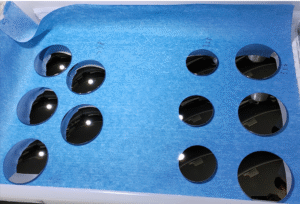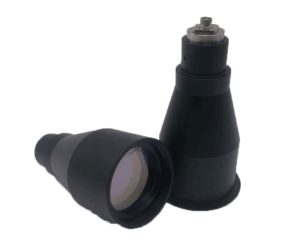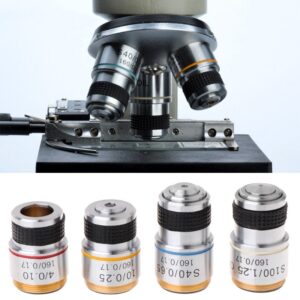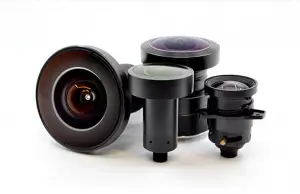What Is Optics?
Optics is the branch of physics that studies the behavior and properties of light. It explores how light interacts with matter, and how lenses, mirrors, prisms, and fibers can be used to manipulate light for practical purposes.
From basic optics used in school physics notes to modern optics applied in advanced imaging and defense systems, this field has shaped technology, medicine, and scientific discovery.
At Bote (www.bote.com.sg), we design and manufacture custom optical components, including prisms, windows, and lenses used in aerospace, naval, medical, and research applications.

History of Optics
The history of optics dates back thousands of years:
- Ancient Greece: Philosophers like Euclid and Ptolemy studied reflection and refraction.
- Middle Ages: Ibn al-Haytham (Alhazen) described vision and camera obscura.
- 17th Century: Isaac Newton introduced the theory of light as particles, while Huygens described it as waves.
- Modern Physics: Maxwell’s electromagnetic theory and quantum optics combined wave and particle perspectives.
This evolution shaped what we now call introduction to modern optics, where classical principles meet quantum physics.
Types of Optics
There are three main types of optics often discussed in physics:
| Type of Optics | Definition | Applications |
|---|---|---|
| Geometrical Optics | Studies light as rays, focusing on reflection and refraction. | Lenses, mirrors, prisms, cameras. |
| Physical Optics | Considers wave properties of light such as interference, diffraction, polarization. | Holography, spectroscopy, microscopy. |
| Quantum/Wave Optics | Describes light as both particle and wave, involving photons. | Lasers, fiber optics, quantum communication. |
1. Geometrical Optics
- Treats light as rays.
- Explains laws of reflection and refraction (Snell’s law).
- Used in telescopes, microscopes, cameras, eyeglasses.
2. Physical Optics
- Studies phenomena that cannot be explained by ray theory.
- Includes interference, diffraction, polarization.
- Essential in optical coatings, wavefront sensors, and microscopy.
3. Wave/Quantum Optics
- Light behaves as both a particle and a wave.
- Foundation for lasers, fiber optics, and quantum technologies.

Optics in Science and Technology
Optics is everywhere in science and engineering:
- Medical Optics: Endoscopes, surgical lasers, diagnostic imaging.
- Astronomical Optics: Telescopes for space exploration.
- Industrial Optics: Precision measurement, laser machining.
- Defense & Aerospace Optics: Periscopes, targeting optics, laser rangefinders.
At Bote, we deliver high-precision custom optics such as sapphire windows, germanium lenses, Fresnel lenses, and prisms designed to withstand extreme conditions in aerospace and naval systems.
Optics Physics Notes (Simplified)
Students often ask for optics physics notes. Here’s a quick summary:
- Reflection: Angle of incidence = angle of reflection.
- Refraction: Light bends when changing medium (Snell’s Law).
- Diffraction: Light bends around obstacles.
- Interference: Overlapping waves create patterns.
- Polarization: Light waves restricted to one orientation.
Optics Vocabulary (Quick Reference)
- Refractive Index (n): Ratio of light speed in vacuum vs material.
- Focal Length (f): Distance where light rays converge after passing through a lens.
- Diopter (D): Unit of lens power.
- Aperture: Opening that controls light entry.
- Coating: Thin film to reduce reflection or enhance transmission.
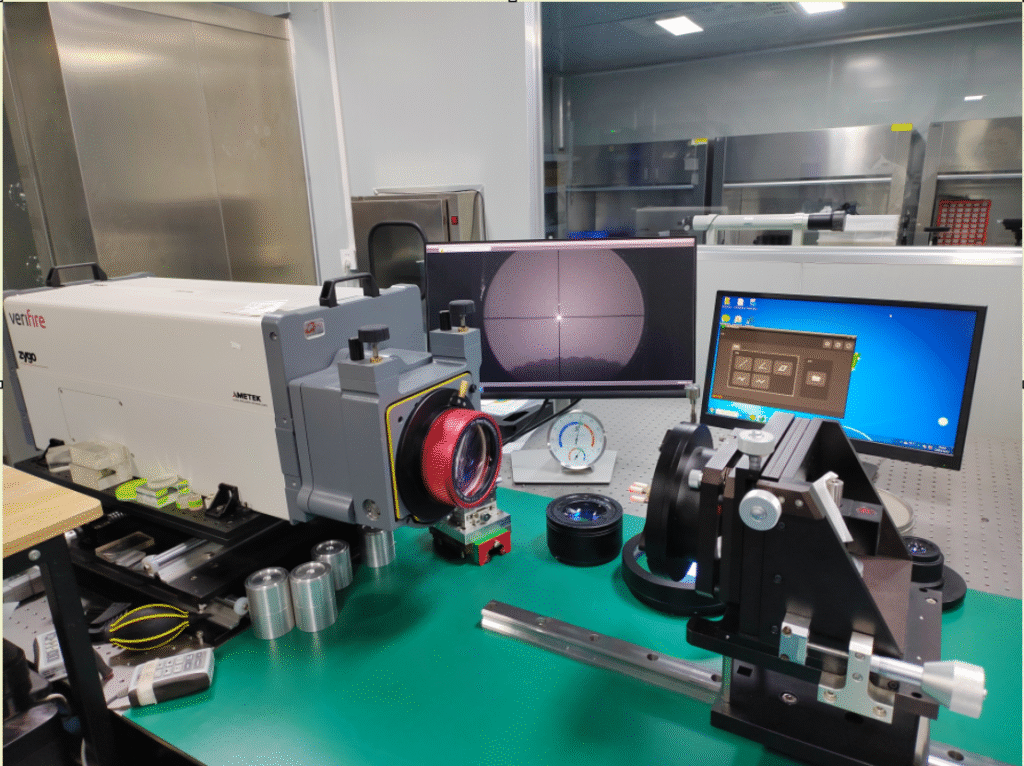
Specialized Types of Optics
Types of Fiber Optics
- Single-mode fiber: Transmits one light mode, used in long-distance high-speed communication.
- Multimode fiber: Transmits multiple modes, ideal for short-distance data transfer.
Types of Optics for Guns
- Red Dot Sights: Provide fast target acquisition.
- Holographic Sights: Use lasers for high-precision aiming.
- Rifle Scopes: Apply geometrical optics to magnify distant targets.
These devices rely on optical lenses and coatings, where durability and clarity are critical.
Introduction to Modern Optics
Modern optics combines classical theories with advanced technologies:
- Laser optics for communication and medicine.
- Nonlinear optics for signal processing.
- Nanophotonics for next-gen computing.
- Custom optical systems for aerospace and defense.
Bote plays a key role in modern optics manufacturing, producing components that enable scientists, engineers, and defense teams to push boundaries.

FAQs About Optics
Q1: What are the 3 types of optics?
Geometrical optics, physical optics, and wave (quantum) optics.
Q2: What is wave optics?
It is the study of light’s wave nature, including interference, diffraction, and polarization.
Q3: What are optics used for in science?
They are used in imaging, communication, measurement, and energy research.
Q4: What are the types of fiber optics?
Single-mode and multimode fiber.
Q5: Does Bote provide custom optical components?
Yes. Bote (www.bote.com.sg) offers tailored optics solutions for aerospace, naval, medical, and research industries.
Conclusion
The types of optics—geometrical, physical, and wave optics—form the foundation of modern optical science. From basic optics principles to fiber optic communication and military-grade optical systems, light continues to power innovation.
At Bote, we combine precision engineering with custom design, delivering optical solutions such as prisms, windows, and lenses for industries where performance cannot be compromised.
👉 Explore more at Bote Optics Solutions and request a custom quote for your project.
Related Reads:
Boost your optics performance with custom aspheric lenses—engineered for precision, designed for excellence.


